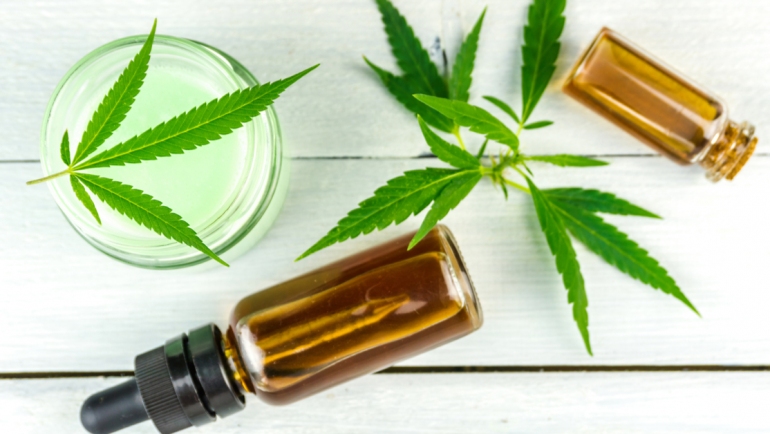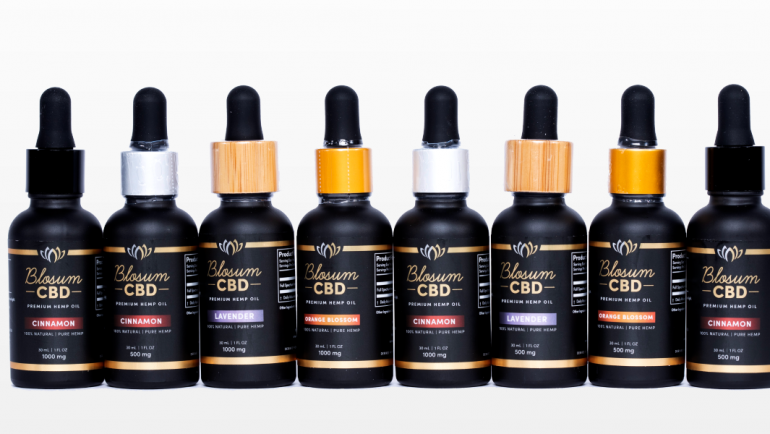CBD Cream Reviews
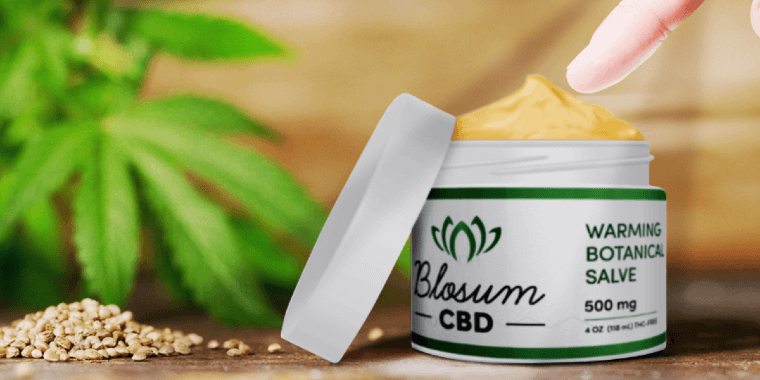
Any confusion customers feel about the sheer number of CBD products on dispensary shelves is understandable. Since the boom in the green market, the number of hemp products has tripled in the number. In the United States, the number of CBD creams being sold almost equals the number of CBD oils sold.
With the excess of products in the market, it becomes a challenge for seasoned users and novices alike to separate high-quality products from the rest. In this article, we walk through the basics of CBD creams and what makes a good product the best.
What is Topical CBD
Cannabidiol, or CBD, is one of the hundreds of compounds companies extract from the cannabis plant. Many people use this hemp extract to combat a host of different illnesses. CBD cream is just one kind of cannabidiol product available to users.
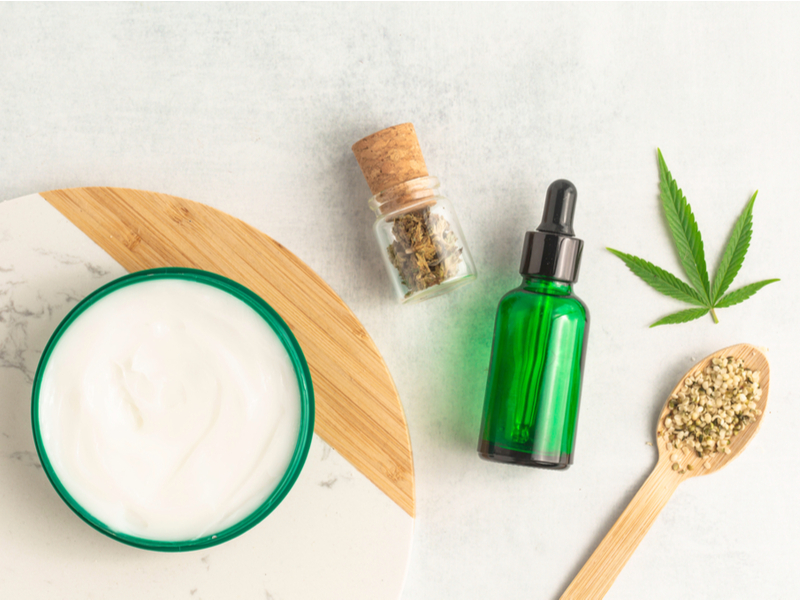
Manufacturers create creams and lotions by blending together oil and water with emulsifying wax. Manufacturers then use an intense amount of friction in order for all of these separate ingredients to become one.
For this type of product, the concentration of water is higher than that of oil. The usual ratio of substances in creams is 70% water, 20% oil, and 10% emulsifying agent. Some brands replace water with aloe vera to extend the shelf life of their creams.
Hemp brands tweak this recipe by adding cannabidiol oil into the mixture. Depending on the brand, manufacturers may add full-spectrum CBD oil or broad-spectrum CBD oil. The former contains trace amounts of THC, while the latter does not contain any amount of THC.
Is CBD Legal?
In accordance with the 2018 Farm Bill, hemp brands are able to legally include 0.3% THC or less in their products. This minuscule amount of THC is enough to provide many possible health benefits but is not enough to cause any kind of high.
However, broad-spectrum products may be preferable for users with sensitivity to THC or live in states with strict hemp laws.
The presence of THC in full-spectrum products activates the entourage effect. The entourage effect occurs when all the compounds in the hemp plant work together to bring out the best in CBD. Broad-spectrum products still activate this effect even without THC.
CBD Creams vs CBD Salve
Unlike creams and lotions, manufacturers create salves by mixing together oil and beeswax. The beeswax is melted with the oil and this mixture is cooled until it forms a solid substance. Since now water is used in the process, salves have a longer shelf life even without any preservatives. In fact, the beeswax in this type of product as a kind of preservative.
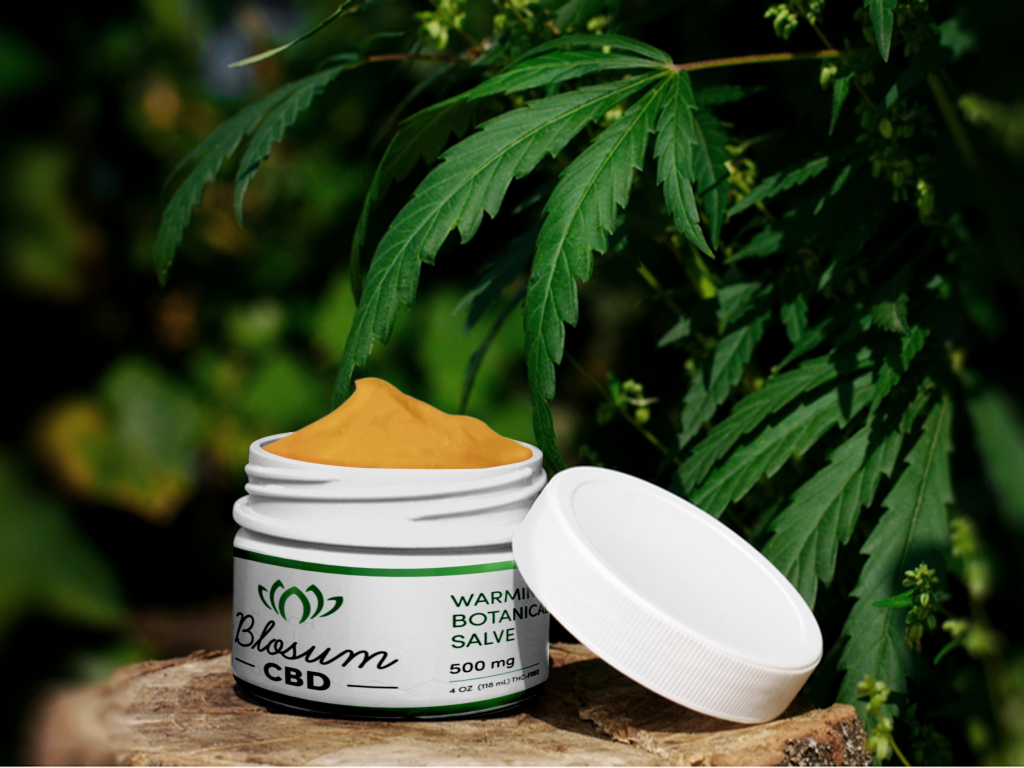
Comparing CBD creams with their salve counterparts depends heavily on the user’s preferences. Both of these products have their respective benefits and drawbacks.
Creams and lotions have a looser consistency because of their high amount of water content. This makes them easier to spread and may be preferable to people who have larger areas of concern. However, cannabinoids bind together better in oil than water so the overall CBD concentration in these products is usually lower.
By contrast, the combination of oil and beeswax in salves makes for a thicker consistency. This means that users have to heat up the product before it can be easily spread. But, on the plus side, the high oil content in salves allows for an overall higher CBD concentration in the product.
The beeswax in salves may also provide moisturizing side effects for users with dry skin conditions.
Which kind of topical CBD product is best depends largely on the user’s lifestyle and needs. Users should choose the product that best fits with their daily routine.
Does CBD Cream Work for Pain
The most often quoted research project to demonstrate CBD’s effectivity in combatting pain used a topical CBD product.
In 2015, researchers published a study that analyzed CBD’s effectivity against arthritis pain. The study used rats with arthritis as test subjects and applied topical CBD directly on their joints.
After observing the rats for some time, the researchers found that the application of CBD gel significantly reduced swelling in the muscles and joints of the rats.
Cannabidiol’s pain-relieving effects have shown to be most successful with users who feel chronic inflammatory pain. When cannabidiol enters the endocannabinoid system, its peripheral interaction with the CB1 receptor located in this system may be able to provide pain relief for consumers.
However, scientists have cautioned users to not rely entirely on CBD creams to address sore muscles and chronic aches and pains.
Topical cannabidiol can only treat anatomical structures within 1 cm of the skin. The muscles where the pain is radiating from are located deeper in the body and are difficult for topical products to reach.
Using topical products to address chronic pain may be more of a bandaid solution rather than a conclusive solution to the problem. Users should consult with their doctors to see if topical cannabidiol can be effective for them alongside other forms of medication.
CBD Cream Reviews
The effectivity of a product is entirely subjective to the user taking the product. What is effective for others may not be the case for another customer.
In a recent survey conducted, researchers asked participants to explain how successful cannabidiol has been in reducing their pain. Most of the participants claimed that their pain was because of inflammation.
90% of the participants reported a noticeable decrease in the frequency and duration of their pain after they began to use cannabidiol products regularly.
Many users prefer CBD creams to over-the-counter creams because they are made up of mostly natural ingredients. Cannabidiol creams may serve as a better, more organic alternative to many users.
Before brands can make any conclusive claims about CBD creams, scientists need to perform more research on the hemp extract to analyze its effects. To avoid any negative side effects, users should follow the instructions of use stated on their chosen products.
Best CBD Cream
Currently, the FDA has yet to approve any kind of cannabidiol cream. In the United States, cannabidiol products are not regulated under any kind of government branch.
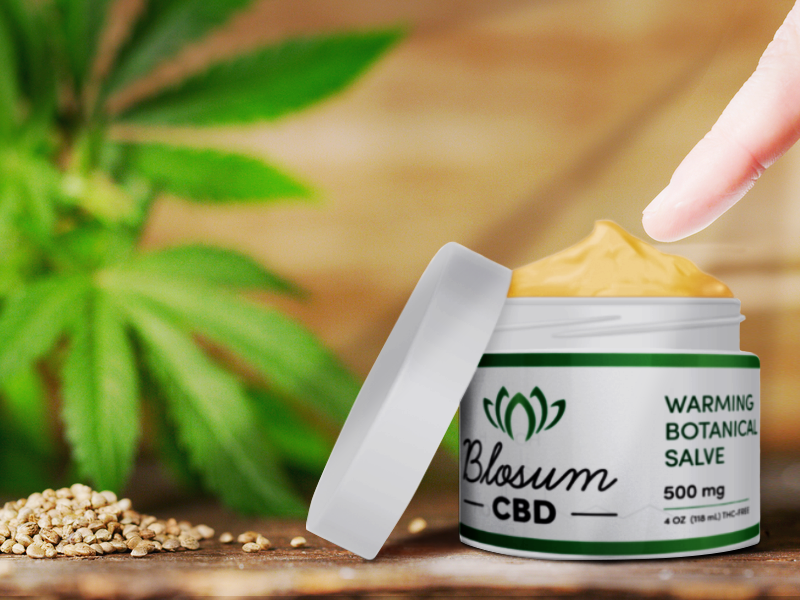
Since cannabidiol products are not required to follow any kind of regulation or standardized testing, the hemp industry suffers from many mislabeling and cross-contamination cases.
Reliable brands are able to avoid these issues by making sure all of their products have been third-party lab tested. These labs provide testing results that clearly demarcate the chemical composition of the brand’s products.
The purity, potency, and concentration of the products are all available for the consumer to check.
Similarly, users should also check how the raw hemp material in their chosen products is sourced. Since cannabidiol products are made out of living plants, the farming practices of their manufacturers greatly affect the end-product.
The effectivity of CBD creams and any other cannabidiol product is rooted in how well their product was created.
Is CBD Legal? Hemp-derived CBD products (with less than 0.3 percent THC) are legal on the federal level. Moreover, these statements have not been evaluated by the Food and Drug Administration. This product is not intended to diagnose, treat, cure, or prevent any disease and products that have not been FDA approved. Likewise, you must be at least 21 years old to purchase these products. Talk to your physician or medical doctor for additional information.


